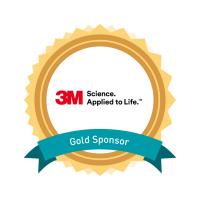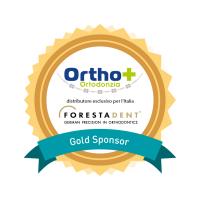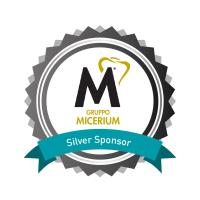Abstract
Deep Impactions Associated with Cysts: a Simple and Safe Method
The seminar aims to answer the following questions:
What is a cyst?
The question is less trivial than it might appear: for example, keratocysts had been renamed "keratocystic odontogenic tumors" for several years, with the non-negligible consequences that the word "tumor" entails for the management of parental anxiety.
What cysts can develop in children and adolescents?
The incidence of different types of cysts is different in childhood, adolescence and adulthood; having this data clear helps in the preoperative diagnosis.
How is a cyst diagnosed?
The preoperative clinical-radiological diagnosis cannot give the certainty that comes from the histopathological examination, but it is essential for correctly planning the surgical treatment. There are even cases where the crucial decision has to be made intraoperatively.
What are the basis of the treatment?
The complete excision of the cyst is the rule in the adult patients, while marsupialization is an increasingly preferred option for the growing patient in the current literature, even in cases of relatively aggressive cysts. Particular attention will be paid to the recovery of the germs of the permanent teeth displaced by the cysts.
Learning Objectives
After this lecture, you will be able to make a clinical diagnosis of cyst in growing patients
After this lecture, you will be able to select the adequate therapy
After this lecture, you will be able to recover the permanent teeth displaced by cysts
Learning Objectives
After this lecture, you will be able to make a clinical diagnosis of cyst in growing patients
After this lecture, you will be able to select the adequate therapy
After this lecture, you will be able to recover the permanent teeth displaced by cysts












